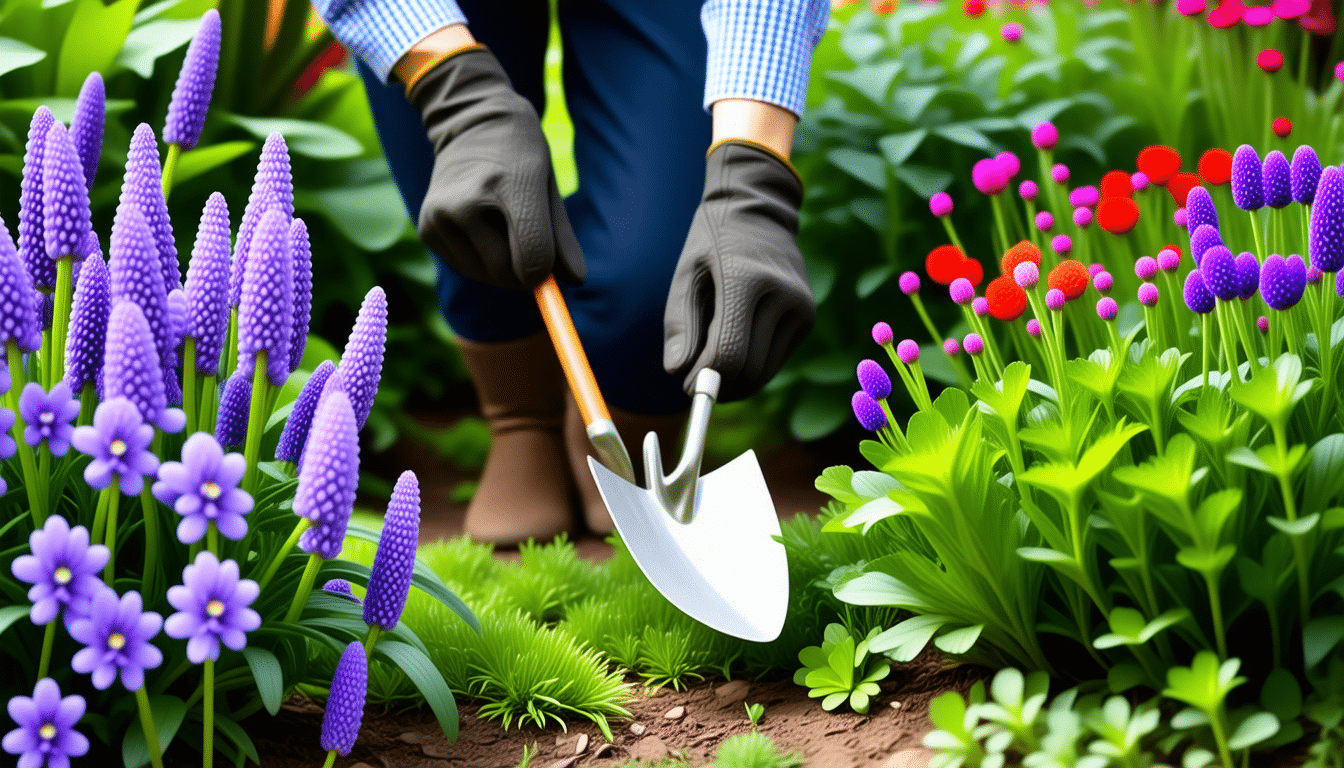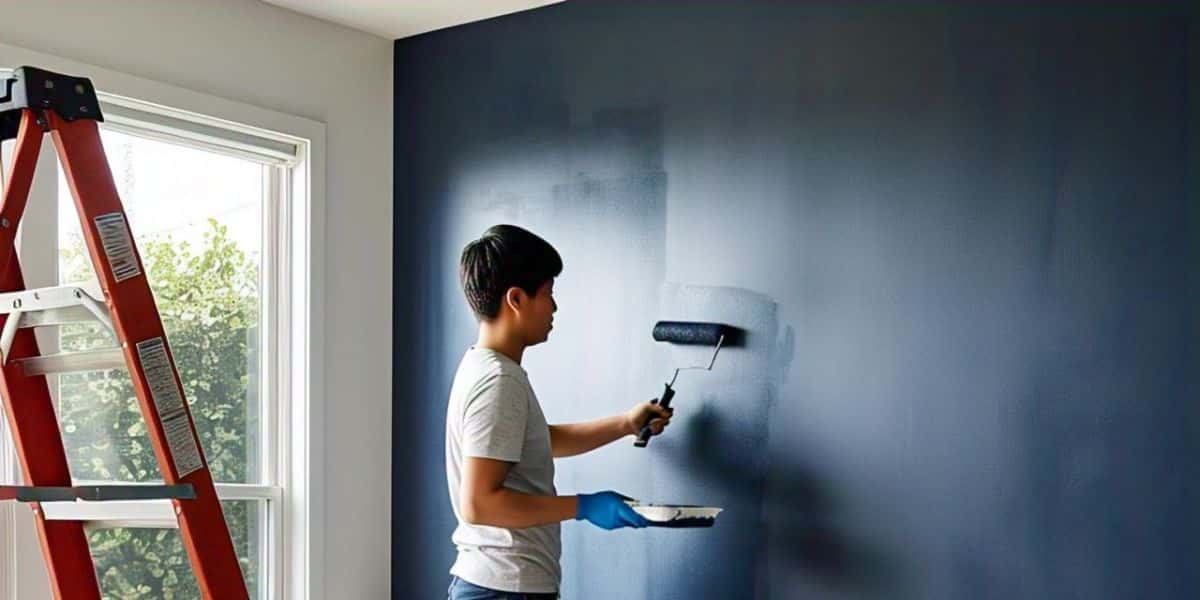🌼✨ Bring the wild into your backyard! Discover how to create a natural habitat that attracts delightful birds and essential pollinators. 🕊️🐝 Enhance your outdoor living space while promoting nature’s purpose and beauty! 🌿🌸
Creating a natural habitat in your own backyard is not only beneficial for local wildlife but also enriches your outdoor living experience. By incorporating native plants, providing shelter, and ensuring food sources, you can attract various birds and pollinators that play an essential role in an ecosystem. In this article, we delve into actionable steps to bring the wild into your backyard, transforming it into a sanctuary filled with life, vibrancy, and connection to nature.
🌟 Highlights
- 🌿 Native plants are key to supporting birds and pollinators🐝 Pesticide-free gardens help butterflies and bees thrive🏡 Small spaces can still become vibrant wildlife havens 💧 Birdbaths and ponds bring life and beauty to your garden 🤝 Sharing your passion builds a nature-loving community 💡 Fun fact: A single native oak tree can support over 500 species of caterpillars—vital food for birds!
Understanding the Importance of Native Plants
To create a successful wildlife habitat, start with native plants. These species have adapted to your local environment over time, making them more resilient and easier to maintain. Additionally, native plants provide essential food sources and shelter for birds and pollinators. By planting a variety of flowers, shrubs, and trees that bloom at different times throughout the year, you ensure that there’s always something for your feathered friends and pollinators to feast on.
Creating Natural Shelter Areas
Wildlife thrives in spaces that offer shelter and protection from predators. You can enhance your garden’s appeal to birds and beneficial insects by incorporating different shelter options. Start by creating brush piles using pruned branches and clippings, which offer safe havens for small mammals and insects. Additionally, consider installing birdhouses or nesting boxes specifically designed for local bird species, providing safe locations for them to raise their young.
Designing a Water Source
Water is vital for wildlife, and incorporating a water source into your backyard habitat can attract birds, butterflies, and other creatures. A simple birdbath, a small pond, or even a water feature can serve this purpose. Ensure that the water is changed regularly to prevent stagnation and algae buildup. Adding rocks or pebbles can create varying depths, allowing smaller birds to drink safely. The presence of water will not only attract wildlife but also enhance the aesthetic appeal of your garden.
Reducing Pesticide Use
While it may be tempting to resort to pesticides to address pest issues, consider the broader implications. Pesticides can harm not only the intended insects but also the beneficial pollinators like bees and butterflies that are crucial to a healthy ecosystem. Instead, foster an environment for natural pest control by cultivating a diverse plant selection and maintaining a balance of predators such as ladybugs and lacewings that keep harmful pests in check. Accepting a little imperfection in your garden can lead to a richer biodiversity.
Creating a Blooming Biodiversity
To attract a variety of species, group your plants in masses. Clustering several plants of the same species together can entice pollinators and create a visually appealing landscape. Choose a mix of flowering plants that bloom at different times to ensure continuous food supply for wildlife throughout the seasons. This lively display will enhance the charm of your backyard while inviting vibrant guests.
Promoting Community Engagement
Engage your friends, family, and neighbors in your wildlife gardening journey. Share plants, clippings, and gardening tips to establish a shared commitment to protecting our environment. Consider setting up a local plant exchange or a community gardening project, maximizing the impact of your efforts. The more habitats that are created in your area, the more wildlife will thrive.
FAQ
What are the best native plants to attract birds? Native plants such as coneflowers, asters, and sunflowers are excellent choices as they provide food and shelter for various bird species.
How do I discourage pests without using pesticides? Promote biodiversity in your garden by planting a variety of species and allowing natural predators like ladybugs to help manage pests.
Can I create a wildlife habitat in a small space? Absolutely! Even small yards or balconies can be transformed into inviting habitats using potted plants and bird feeders.
How can I help pollinators in my backyard? Plant a diverse array of flowering plants and avoid using pesticides. Creating a warm, sunny area for butterflies to bask is also beneficial.
How often should I change the water in my birdbath? Change the water in your birdbath every few days to keep it fresh and clean, especially during hot weather.
You can create a beautiful haven for birds and pollinators by incorporating these tips into your gardening efforts. By promoting local wildlife, you’ll not only enhance your outdoor space but also contribute to the well-being of the environment. Don’t forget to check back for more home décor tips and inspiration, and feel free to share these articles with your fellow garden enthusiasts!





